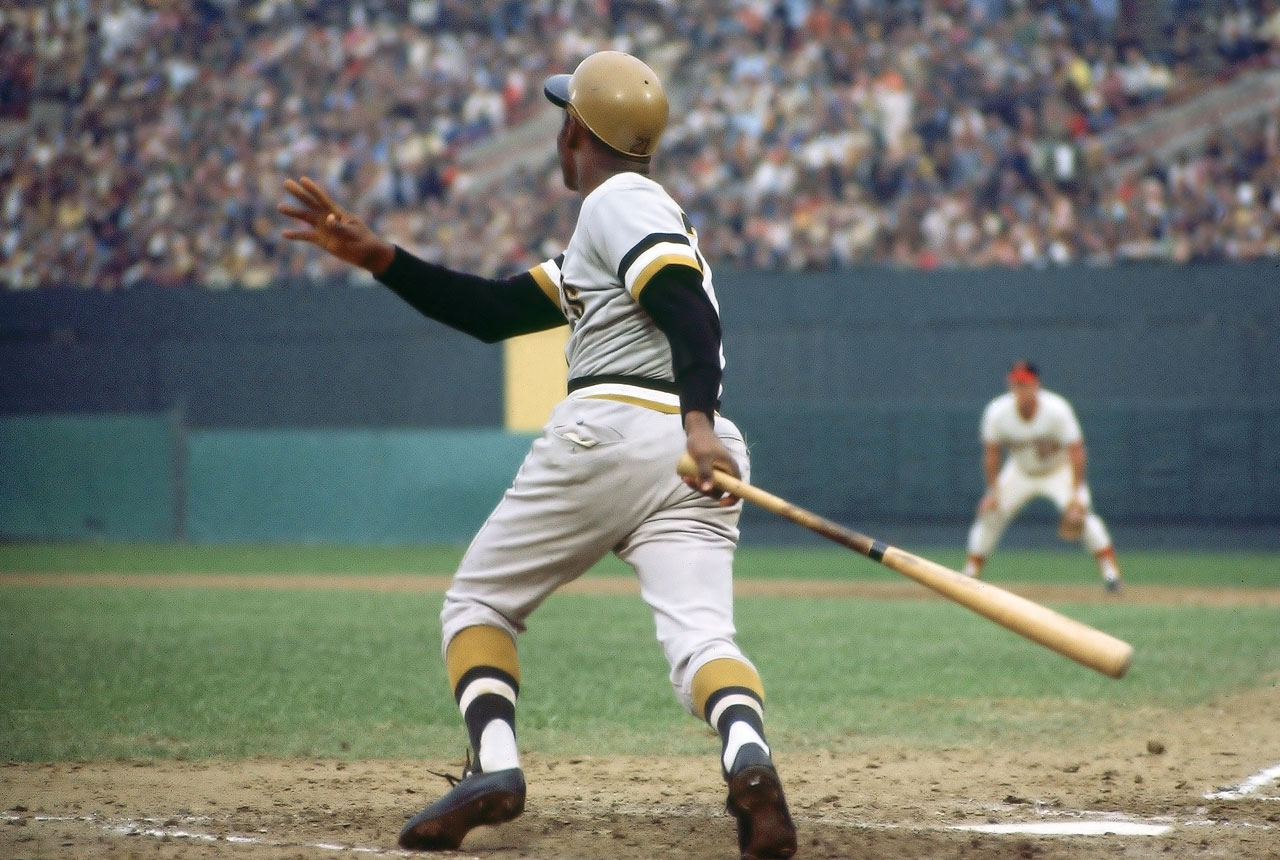
By Danny Torres
When former N.Y. Mets General Manager Omar Minaya was a standout catcher for the Newtown High School baseball team in Elmhurst, Queens, there was never a question about what uniform number he would wear. He chose his favorite number in tribute to one of his childhood heroes, whom he was able to see when his parents took him to Shea Stadium to watch the Mets.
While Omar was clearly cheering for the Amazins, there was a legendary player, originally signed by the Brooklyn Dodgers in 1954, that Minaya had heard about often in his tight-knit household. He was a remarkable man who wore number 21 and played for the Pittsburgh Pirates. When this historic franchise visited Shea, the Minaya family traveled from their home in Corona, Queens to watch Roberto Clemente trot out to right field.
Coincidentally, the Mets, Shea Stadium and “The Great One” are intertwined in several notable ways.
The Mets played their inaugural series in Flushing against the Pirates. On April 17, 1964, Clemente struck out in his first at-bat, becoming the first player ever to strike out in their new, multi-purpose ballpark. Clemente responded the following day, as he often did, and hit the first triple in Shea Stadium history.
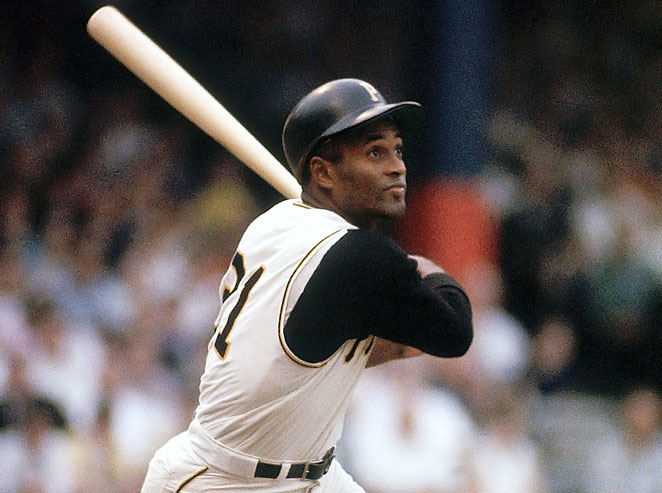
Forty-eight years ago on September 24, 1971, WADO radio – which was the Mets Spanish flagship station – notable members of New York’s Puerto Rican community helped host a “Roberto Clemente Day” event at Shea Stadium to publicly honor one of their own. In the stands, a young Omar and his family watched the ceremony from the upper deck.
One of the greatest ever to play the game, Clemente gave the future General Manager (who in 2002 became Major League Baseball’s first-ever Latino GM) a reason to believe that Latinos would play an integral role in America’s pastime.
Throughout Clemente’s storied career, his contemporaries regarded him as a trailblazer. His Latino peers in particular knew he would be the first to speak out against the league’s injustices. In his private life, he was devoted to his beloved family, dear friends and the jubilant fans who supported him throughout his extraordinary journey in the big leagues.
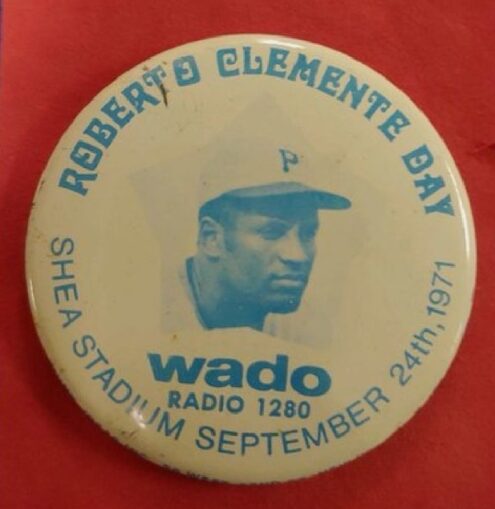
Courtesy: Paul Kutch
In 2007, I interviewed his widow Ms. Vera Clemente-Zabala about her recollections from that particular game dedicated to her husband. Speaking from her home in Rio Piedras, Puerto Rico, she fondly recalled that momentous evening at Shea Stadium.
“Prominent Latinos from the New York area helped organize and attended the event, including representatives from the Mayor’s Office, and Herman Badillo from the House of Representatives,” she said. “They presented Roberto with a Cadillac El Dorado convertible. He was very emotional and appreciative of what the community did for him.
That Saturday evening game drew roughly 35,936 fans and Clemente had two hits, including a double, and drove in two runs. The Pirates would go on to win 3-2.
Clemente’s spectacular play on the field was matched by his philanthropic efforts in his native country of Puerto Rico, Pittsburgh and throughout communities he visited while traveling on the road.
In an interview with Sports Illustrated, he expressed a keen interest in working with children when his playing days were over, using baseball as a teaching aid.
“I’d like to work with kids all the time, if I live long enough,” he stated matter-of-factly.
Roberto was already envisioning a “Sports City” – a precursor to the numerous baseball academies that have flourished throughout the Dominican Republic, Venezuela, Mexico and his native Puerto Rico.
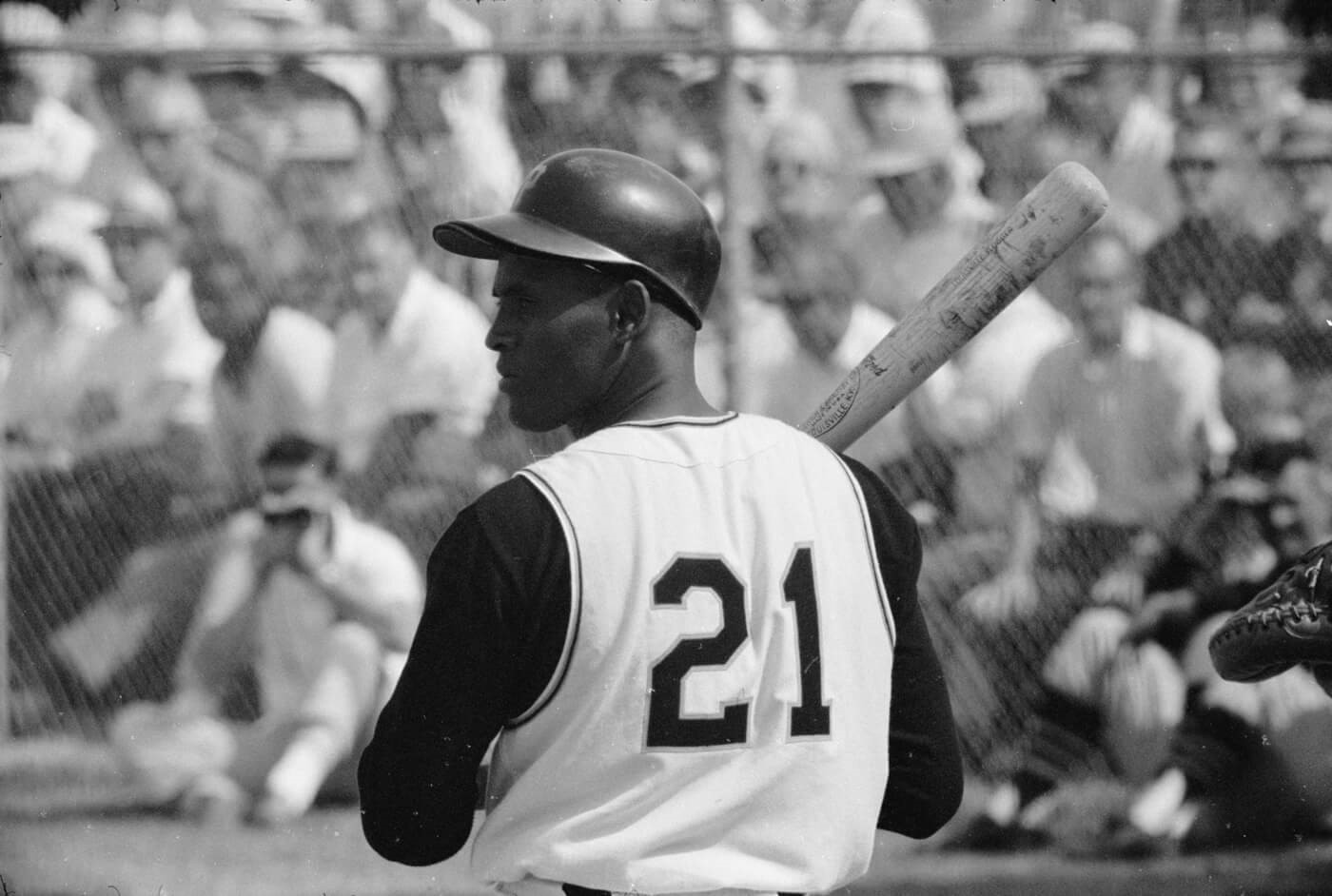
After Clemente’s heroics in the 1971 World Series where the Pirates defeated the Baltimore Orioles, he was named the Most Valuable Player of that seven-game series.
The following season in Pittsburgh, Clemente’s final regular season at-bat came against the Mets at Three Rivers Stadium. In the fourth inning, left-handed pitcher Jon Matlack threw a curveball to the 38-year-old right fielder who smacked a double to become just the 11th player in Major League Baseball history to reach the 3,000 hit plateau.
Although he would face the Cincinnati Reds in the 1972 NLCS (the Pirates would fall in five games), he would never play in another regular season game.
Tragically on New Year’s Eve in 1972, Clemente’s life was cut short just months later: he died in a plane crash while en route to deliver much-needed food and medical supplies to earthquake victims in Nicaragua.
Immediately upon hearing the passing of a respected member of the baseball family, baseball commissioner Bowie Kuhn shared these heartfelt words:
“Words seem futile in the face of tragedy nor can they possibly do justice to this unique man. Somehow, Roberto transcended superstardom. His marvelous playing skills rank him among the truly elite. And what a wonderfully good man he was. Always concerned for others. He had about him a touch of royalty.”
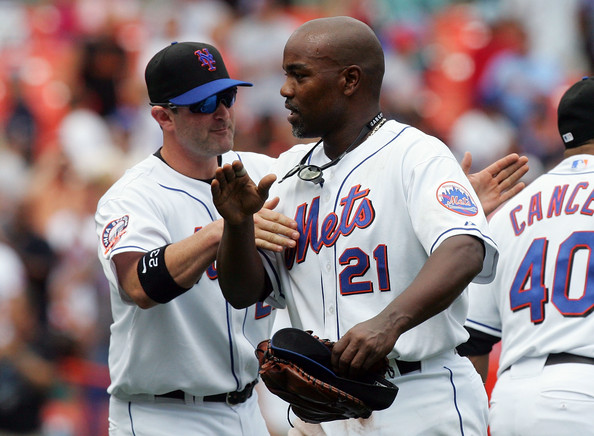
Since 1973, select players have worn number 21 in tribute to Clemente. In 2006, Puerto Rican first baseman Carlos Delgado wore his fellow countryman’s iconic number while playing in New York and in that same year became the third Mets player to win the Roberto Clemente Award (Gary Carter (1989), Al Leiter (2000) and in 2016, Mets outfielder Curtis Granderson were also selected to receive this prestigious honor.)
Presented annually during the World Series, the Roberto Clemente Award recognizes the player who “best exemplifies the game of baseball, sportsmanship, community involvement and the individual’s contribution to his team,” as voted online by baseball fans and the Roberto Clemente Award committee.
This year’s club nominee for this extraordinary honor is Long Island native Steven Matz who in 2016 founded his charitable initiative called Tru 32. This endeavor honors first responders from the New York City Police Department, New York City Fire Department and U.S. Military. These brave men and women are invited to attend Mets game for free along with awarding scholarships for children of individuals who have died in the line of duty.
Forty years ago, the late Gary Carter, who was a 1986 World Series champion and 2003 Baseball Hall of Fame inductee, became the first Mets recipient to win the Roberto Clemente Award. Affectionately called “The Kid,” Carter would have surely agreed with Carlos Delgado’s sentiments upon winning this once-in-a-lifetime award.
“Roberto Clemente’s legacy to me is that it’s an athlete’s obligation to give back and that’s what I tried to do throughout my entire career.”
The legacy of this Puerto Rican ballplayer should always be celebrated not only in baseball but also throughout our everyday lives. Most importantly, Roberto wanted to help every child once he retired from the game he truly loved.
And yet, Roberto Clemente said it best:
“Anytime you have an opportunity to make a difference in this world and you don’t you, then you are wasting your time on this earth.”
* * * * * * * * *
Danny Torres has authored numerous articles for LatinoSports.com, Hispanic Outlook, The Manhattan Times and LaVidaBaseball.com. Danny has been a contributing writer for the National Baseball Hall of Fame’s official magazine Memories and Dreams. His work has appeared on MLB.com and Mets Magazine.
Share your opinions with over 25,000 Met fans who read this site daily. Send your Fan Shot to MetsmerizedOnline.com.















